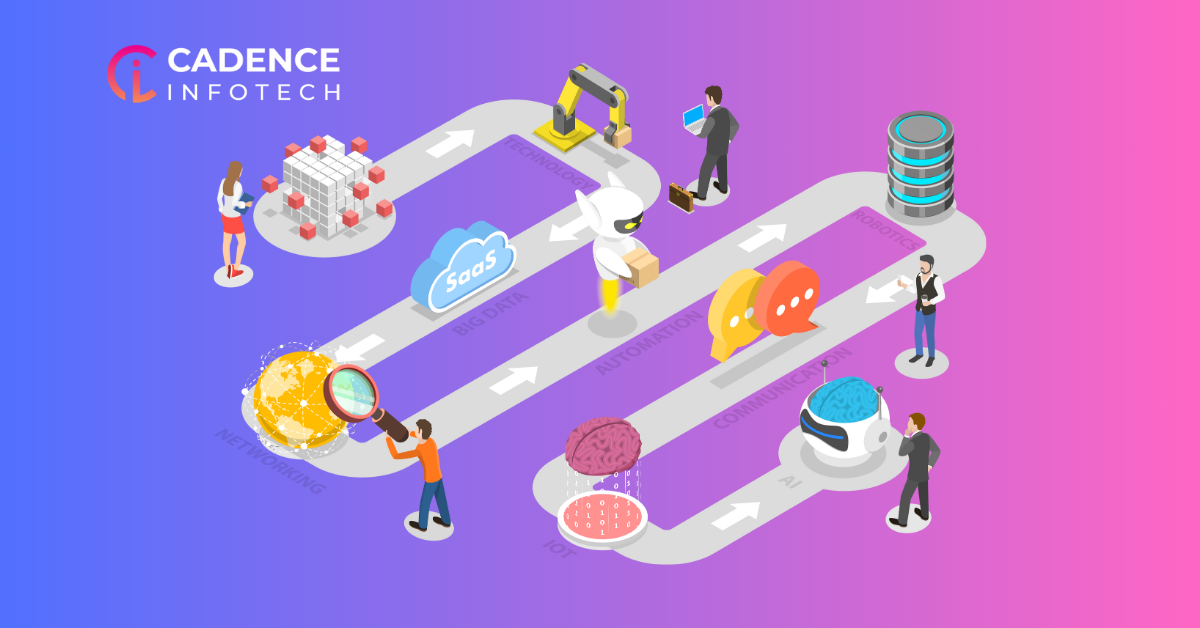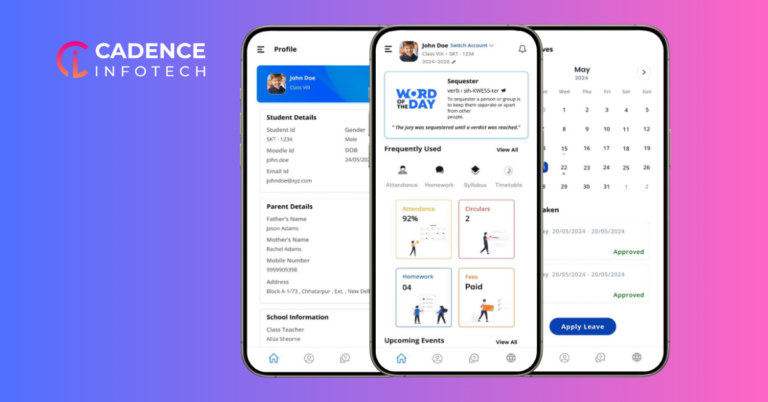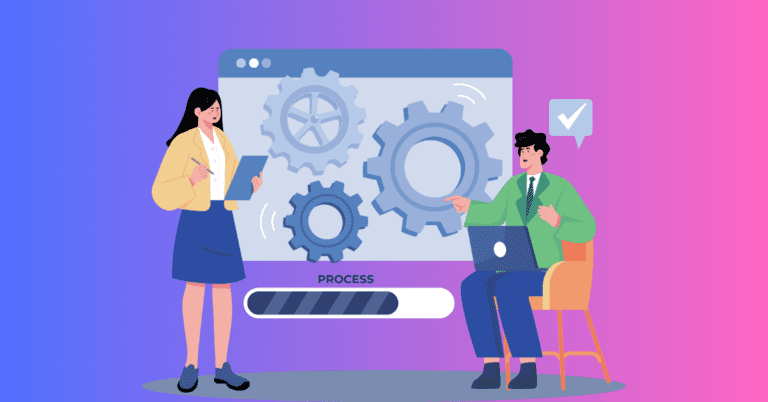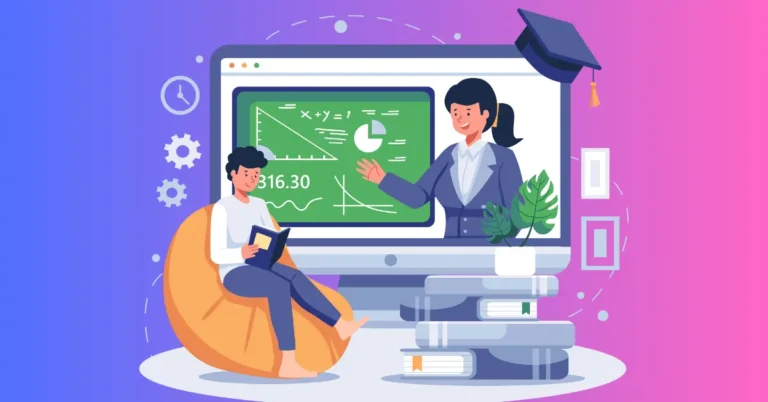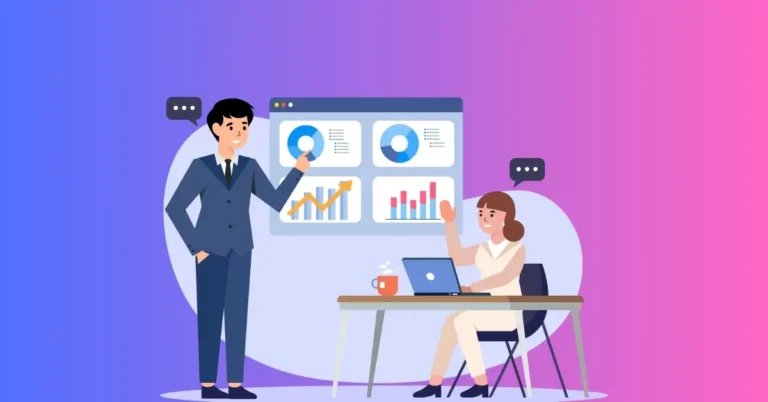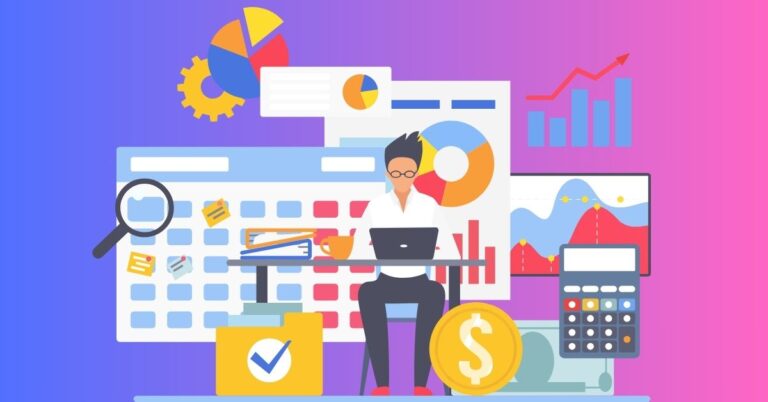Higher education institutions remain under constant pressure to provide a seamless learning experience while managing complex administrative workflows. The challenge? Most of them still rely on manual workflows for managing data, leading to inefficiencies, poor communication, and a lack of visibility into student progress.
This is where centralized data, powered by a robust Customer Relationship Management (CRM) system, becomes a game-changer.
Centralizing data spread across multiple systems helps higher education institutions streamline their operations, enhance parent communication, and make data-driven decisions that improve institutional efficiency.
But What Is Centralized Data in Higher Education CRM?
Centralized data refers to ‘integrated information’ from multiple sources, such as student profiles, academic performance, fee payments, attendance records, and communication logs, into a unified platform.
An example of a centralized data management software is the Learning Enterprise Solution by Cadence Infotech.
A higher education CRM powered by centralized data ensures that all stakeholders, including administrators, educators, and parents, can access the insights they need without toggling between disparate systems. Now, let’s move on to its benefits.
The Benefits of Centralized Data in Higher Education CRM
1. Enhanced Operational Efficiency
A centralized system eliminates redundancies caused by multiple databases and manual data transfers. For instance, administrators can access real-time payment records without chasing multiple departments when tuition fees are processed through an integrated fee management system. Such a streamlined process can save time and reduce errors.
2. Improved Decision-Making
Institutions generate vast amounts of data daily. Higher education CRMs provide actionable insights into enrollment trends, student engagement, and academic performance by centralizing this data. With a single source of truth, administrators can make informed decisions to address issues like dropout rates or curriculum effectiveness.
3. Streamlined Communication
A centralized CRM enables seamless communication between educators, parents, and students. Parents can access detailed academic progress, fee payment status, and essential updates through dedicated portals or apps, ensuring they are always in the loop.
4. Personalized Learning Experiences
By integrating data from learning management systems (LMS) and evaluation tools, centralized CRMs can help institutions tailor education to individual student needs. Educators can identify struggling students and provide timely interventions, boosting overall performance.
The Role of a Learning Enterprise Solution in Centralized Data
Modern educational institutions need more than just a CRM—they need a holistic system that integrates learning management, fee management, and communication tools. A Learning Enterprise Solution (LES), such as the FABS suite, Learnia LMS & Evaluation System, and the Parent App, is designed to address these needs.
How Does LES Power Centralized Data
1. Simplifying Financial Management
Managing tuition and other fees is one of school administrators’ most critical yet time-consuming tasks. FABS, a fee and billing software, centralizes all financial data, allowing institutions to track payments, issue reminders, and generate reports effortlessly. Its integration with the broader CRM ensures financial records are always up to date and accessible, streamlining the accounting process.
2. Optimizing Learning Through Data-Driven Insights
The Learnia LMS & Evaluation System plays a pivotal role in connecting academic performance data with CRM analytics. Centralizing learning outcomes, attendance records, and evaluation metrics empowers educators and administrators to identify trends and address gaps. This integration ensures every student receives the needed attention, making personalized learning achievable at scale.
3. Bridging the Gap Between Schools and Parents
Parental involvement is a crucial factor in student success. The Parent App, integrated with the institution’s CRM, provides a direct communication channel for parents to stay updated on their child’s academic progress, fee payments, and announcements. With real-time notifications and access to comprehensive data, the app ensures parents remain active participants in their child’s educational journey.
Why Higher Education Institutions Need Centralized Data
1. Scaling With Ease
As institutions grow, managing student and operational data becomes more complex. Centralized systems ensure scalability, enabling institutions to manage more students, programs, and campuses without compromising efficiency.
2. Meeting Modern Expectations
Today’s students and parents expect seamless experiences, from enrollment to evaluation. Centralized data-driven systems meet these expectations by providing a transparent and efficient interface for all stakeholders.
3. Enhancing Compliance and Reporting
Educational institutions must comply with numerous regulations and reporting standards. A centralized system simplifies compliance by providing accurate, consolidated reports, ensuring institutions can meet these requirements with confidence.
Key Features to Look for in a Centralized CRM for Higher Education
When selecting a CRM or an LES, administrators should prioritize solutions that offer:
- Integration Capabilities: Seamless integration with LMS, fee management, and communication tools.
- Real-Time Analytics: Dashboards and reports that provide actionable insights.
- User-Friendly Interface: Accessibility for all stakeholders, including non-technical users.
- Customization Options: Tailored workflows and features to meet specific institutional needs.
The Future of Higher Education Lies in Integration
As the higher education landscape becomes increasingly competitive, institutions must embrace tools that enhance efficiency and deliver exceptional experiences. Centralized data, integrated through a comprehensive CRM or LES like FABS, Learnia, and the Parent App, is the cornerstone of this transformation.
By adopting such solutions, administrators can not only improve operational efficiency but also foster stronger relationships with students and parents, ensuring long-term success for their institutions.
The time to embrace centralized data and integrated systems is now. The future of education depends on it.
| Ready to see LES in action?
Schedule a demo today to discover how LES can revolutionize your institution’s productivity and efficiency! |

